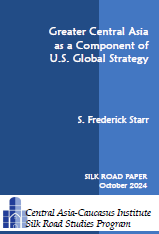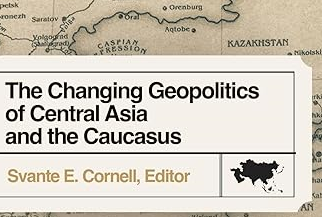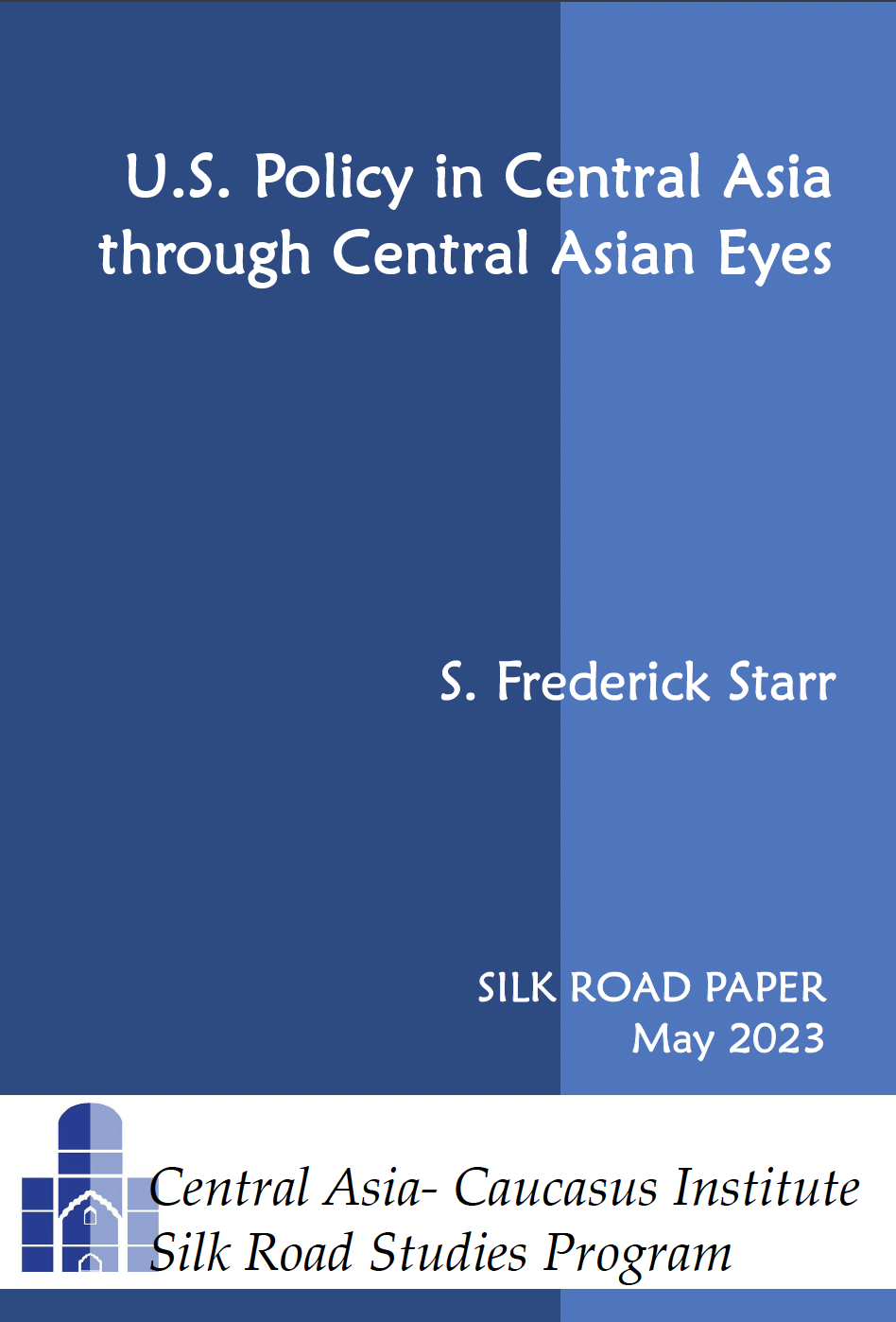BACKGROUND: Asymmetry of firepower has always been both a goal in itself and a method of war for powerful states, who have felt the desire to have a leading edge over their adversaries’ capacity to fight. However, the logic of the use of asymmetry of power in itself understandably leads to an asymmetric response by the weaker party. The most obvious examples of different actors turning to fight such asymmetric wars, from the American perspective, is the Viet Cong, which in the early stages of the conflict was repeatedly defeated by overwhelming US power, but turned it into an eventual success due to its use of asymmetric methods of war, making use of terrain, local population, ambushes, i.e. guerrilla tactics. A similar case in another context has been the Chechnya war, where Russia has twice been bogged down as it failed to address the use of asymmetric methods by the Chechen freedom fighters. If understood as an act of war by a militarily immensely weaker adversary, the recent WTC and Pentagon bombings can be analyzed as the use of asymmetric methods of inflicting incalculable material and non-material damage to US itself. In Afghanistan, what appears as the obvious victory of the Northern Alliance and the American forces can very well be the start of new wave of asymmetric methods of counterattack, because asymmetry of power can only prove effective if the adversary faces it with detectable and predictable methods. For the weaker power, however, asymmetry consists of refusing to combat according to the rules and in the battle zones defined by the adversary, thus rendering the powerful adversary’ strategy irrelevant, as in Chechnya. In the case of Afghanistan, and especially in the fight against Al-Qaida, it is clear that the U.S.’ adversary lacks a center of gravity, making the achievement of a complete victory extremely difficult. There is a continuing belief in Washington that so long as there is preponderance of American power, the world will remain safe. Nevertheless, in the case of Afghanistan, success is likely to depend upon the effectiveness and the rapidness of UN action more than anything else, and hence the role played by the UN in the postconflict phase deserves attention. The leaders of the Northern Alliance have stated their reservations regarding a military role by the UN, or multilateral forces in Afghanistan. Disagreements are also bound to arise over the role of former King Zahir Shah and what can be expected from him in the new broad-based government. Most importantly, the remaining problem confronted by the Americans is to come up with a viable leadership for the majority Pushtun population, to relieve the vacuum left by the fall of the Taliban. To judge the prospects of civil war, a determining factor is the role of external powers. In turn, this will depend on the development of the war aims of the United States in the war against terrorism and the corresponding effect of those aims on other powers in the region.
IMPLICATIONS: The main purpose of the US action in Afghanistan, to rid the world of terrorism, remains to be accomplished. Terrorist networks are mainly outside Afghanistan and that country was only one of the many centers of activity. In this view, a counter-terrorism strategy entirely based on force has never proven to be successful - if anything, it leads to the emboldening of the spirit of terrorism, as is currently seen in the Middle East. The perpetrators of terrorist acts now see that success, the way they measure it, is achievable, hence further heightening the state of uncertainty in the US, leading to a world order closer to martial law – which may not necessarily increase the sense of security and safety for the people of the world’s only superpower . As far as another plausible purpose of U.S. actions, to determine the landscape of action for the US to a point that would increase its reach and its access in the worlds’ most contested area, Central and Southwest Asia, is concerned, the game has just begun. Afghanistan’s position as the heart of Asia is now gaining recognition, and it is seen as the fulcrum of change and strength for any power in this region. It remains a testing ground for great and regional powers. For the U.S., the actions so far have entailed an improved access to Central Asian oil and gas reserves and a strategic edge over Russia, Iran and China in the region. But this position is all but cemented, and the area remains an extremely challenged region. Each neighboring power believes it has preserved its power and influence and further, that the game shall begin when a new government will be formed in Afghanistan, as of yet an undefined concept. Recent unilateral Russian advances have already seriously threatened the role of the U.S. The military action in Afghanistan has removed an element in the medium-to-long-term threats to U.S. homeland security. Yet success in reducing the bulk of the real short-to-medium-term threat to U.S. security still remains to be achieved. In an asymmetric war fought between the terrorists and a conventional power, the nature of the battleground is determined by the weaker side. By dropping thousands of bombs over Afghanistan and engaging itself in an apparent reconstruction effort, the U.S. will not achieve tangible and immediate benefits for its population’s security. A larger question today is how many wars the U.S. will have to fight before it can actually contain the violence and restore its homeland security.
CONCLUSIONS: The logic of asymmetry is a function of whether or not the adversary wishes to accept the combat. Guerrillas or terrorists refuse to expose their forces, and resort to asymmetric methods of combat, often remain undetectable, and turn the technological superiority of the stronger party against it. When the targets and the vulnerabilities are immense, numerous, and relatively easily accessible for the unconventional fighters and terrorists of the twenty-first century, the costs and vulnerabilities of technology outweigh its uses. The September 11 attacks were an example of hyper-terrorism, and need to be understood in the context of the hyper-power of the U.S. Terrorists used sophisticated methods, and proved able to cause irreparable damage. They were systematically assimilated into society and worked in organized groupings – without any specified hierarchy. They had financial support, and most likely possessed access to sensitive information. The superlatives of terror could nevertheless only invite the hyper-power to a challenge, which still needs to be defined. Amateur fighters such as terrorists are far more lethal and difficult to detect and combat than professionals corresponding to traditional, defined threats. Hence the ultimate challenge remains the undetectable character of the threat and the asymmetry of power between the US and the terrorists.
AUTHOR BIO: Maria Sultan is a senior research associate at the Institute for Strategic Studies in Islamabad, Pakistan. She is also a lecturer in the department of Defence and Strategic Studies of Quaid-e-Azam University in Islamabad, and a faculty member of the Pakistan Foreign Service Academy.
Copyright 2001 The Analyst All rights reserved




 Silk Road Paper S. Frederick Starr,
Silk Road Paper S. Frederick Starr,  Book Svante E. Cornell, ed., "
Book Svante E. Cornell, ed., "